-
- USA/Canada 1-800-285-2726
- Australia (02) 8006 4411
Chugoku, which literally means “central country”, has a population of approximately 7.5 million and consists of five prefectures: Hiroshima, Okayama, Shimane, Tottori, and Yamaguchi. The Chugoku region is divided into two sub regions called Sanin and Sanyo. The northern Sanin region is rural while the southern Sanyo region is more urbanized and where the majority of the population resides. Chugoku region’s “capital”, Hiroshima, is one of the most visited areas of Japan. In Japanese, Chugoku also means “China”, and therefore to avoid confusion, the Chugoku region is referred to as “Chugoku-chiho”.
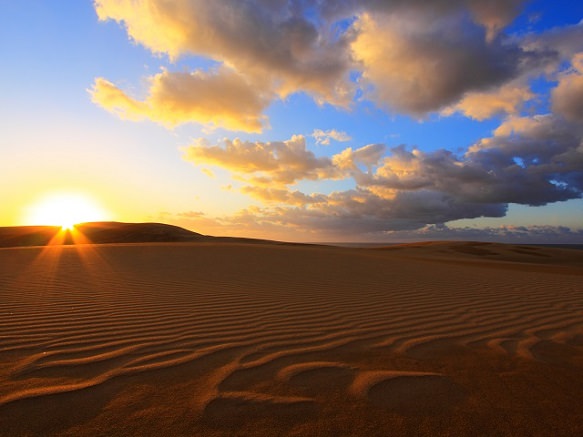
Tottori’s most visited site is its sand dunes. The sand dunes of Tottori extend over 30 square km and are the largest in Japan.
Where To Go In Tottori
Museum in Tottori dedicated to Nijisseiki Pears
Tallest mountain in the Chugoku region formed from volcanic activity
Sea cave popular for diving and for canoeing
One of Japan's largest flower gardens and largest flower cloister
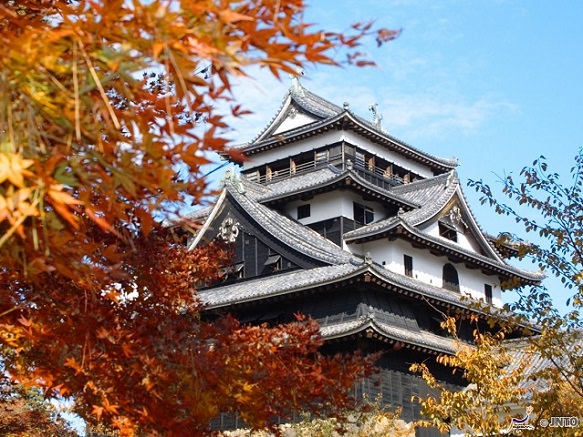
In Shimane's capital city of Matsue is Matsue Castle, one of the only few remaining original castles in Japan. Matsue is also known as a former samurai district and several former samurai residences still stand.
Where To Go In Shimane
Capital city and center of administration and economy of Shimane
Small castle town which prides itself on traditional arts and crafts
True traditional Japanese garden with a great collection of artwork
One of Japan's oldest and most important shrines; enshrines the creator of Japan
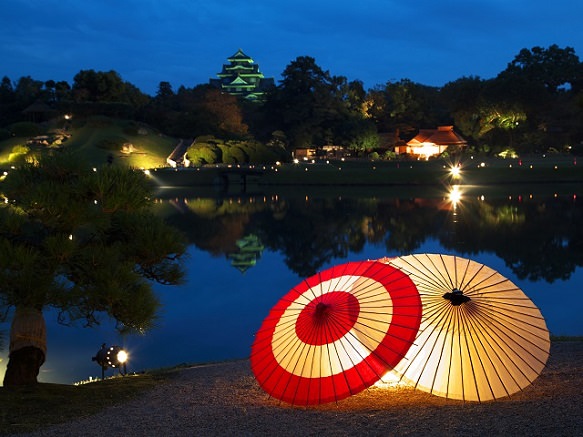
Okayama Prefecture is located in the Chugoku region and is home to the cultural, historic town of Kurashiki. Kurashiki, which roughly translates to “town of storehouses”, served as an important place of storage for the large quantities of rice that were brought into town before distribution.
Where To Go In Okayama
Japan's oldest Western art museum displaying all kinds of artwork
Bikan Chiku - Town of Storehouses
One of three best landscape gardens in Japan
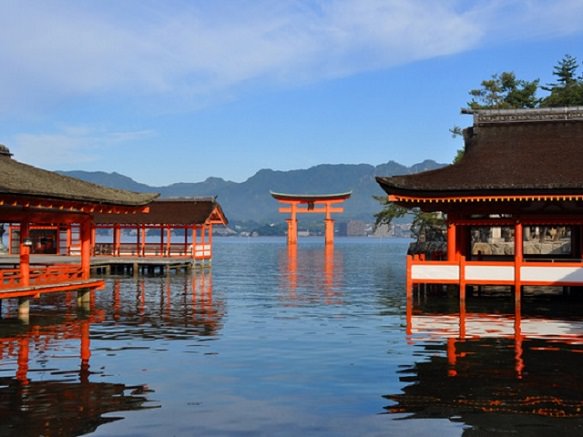
Hiroshima Prefecture has two UNESCO World Heritage sites: Atomic Dome and Itsukushima Shrine. The Atomic Dome in Hiroshima was built to symbolize its wishes for everlasting peace after the atomic bombing the city suffered.
Where To Go In Hiroshima
Famous floating torii gate on Miyajima
Symbolizes Hiroshima's wishes for everlasting peace after the atomic bomb attack
Popular name of Itsukushima Island; Iconic Floating Red Shrine
Dedicated to the legacy of Hiroshima as the first city in the world to suffer a nuclear attack
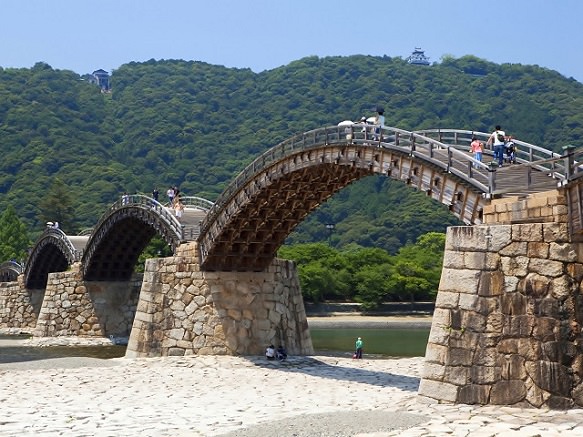
In Yamaguchi's capital Yamaguchi City is Rurikoji, a Buddhist temple known for its glorious five storied pagoda. It is considered one of Japan’s three greatest pagodas and is a national treasure.
Where To Go In Yamaguchi
Largest limestone karst topography and plateau
Beautiful all year round and appointed National Significant Scenery
Suspension bridge crossing the Kanmon Straits
Series of five wooden arches on the Nishiki River